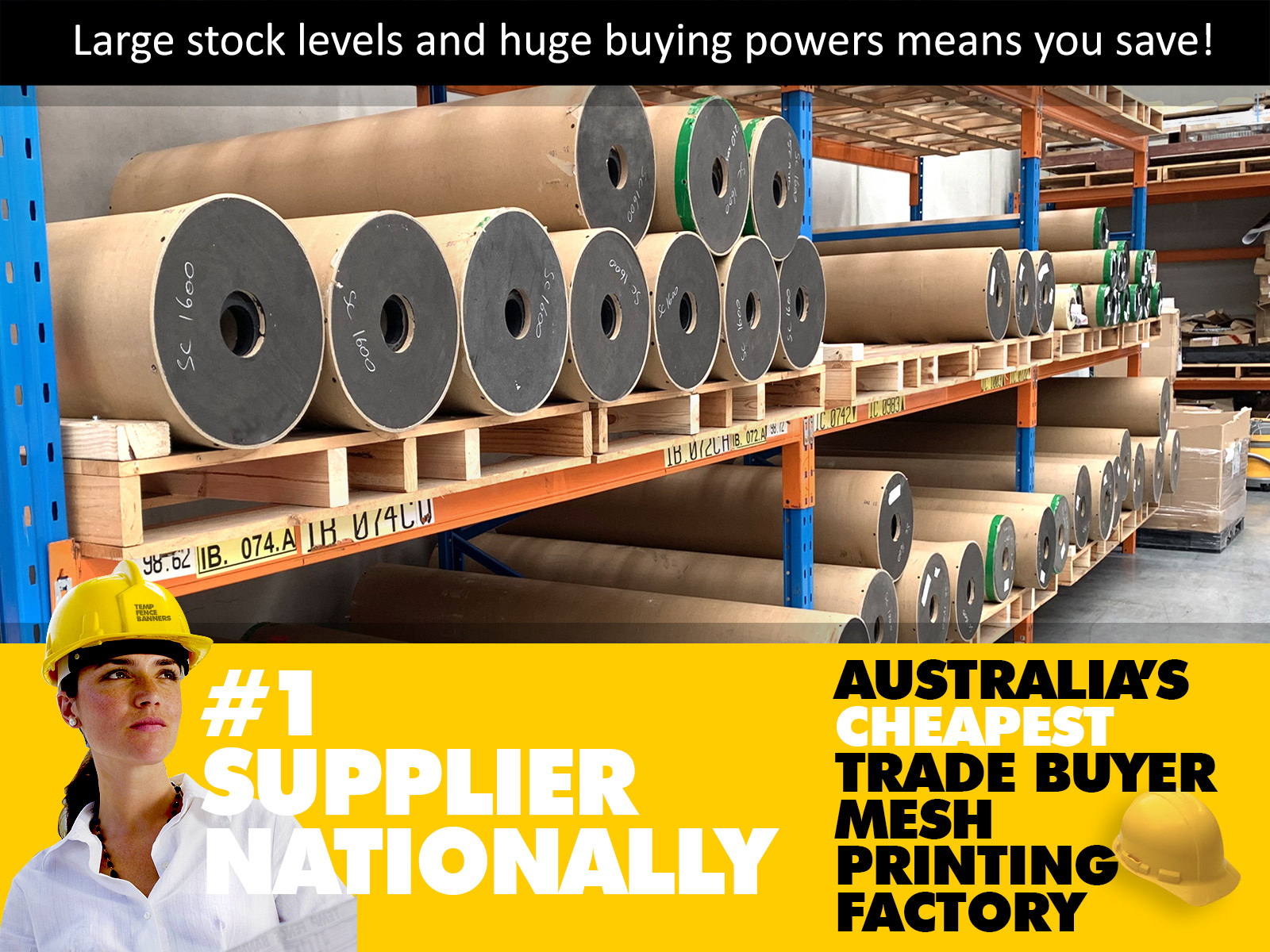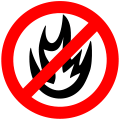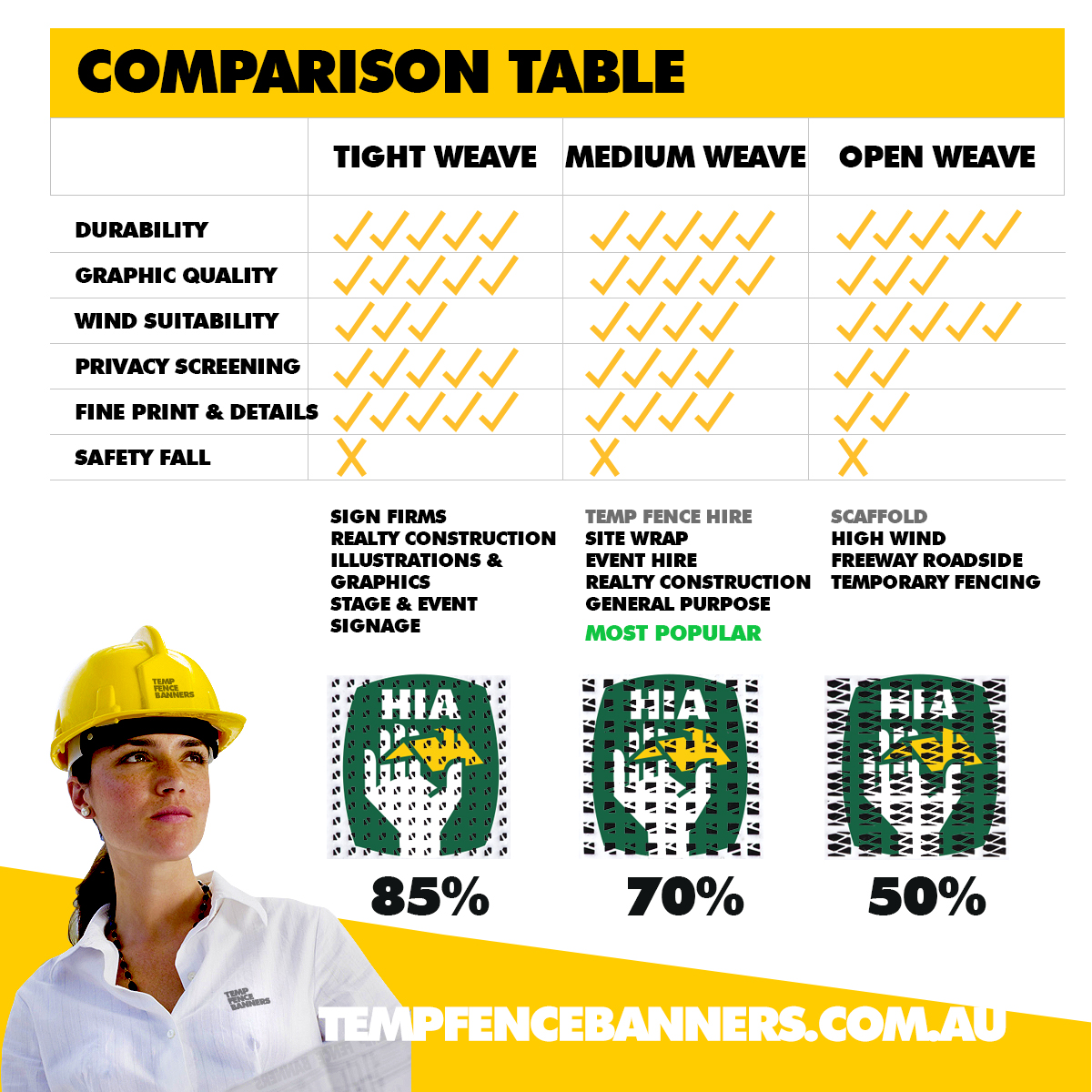
The difference of promoted weaves in the marketplace.
Temp fence banners supply the best double coated outdoor banner mesh and site wrap material specifications as shown here. The longer durability and outdoor temp fencing screening offers trade users more site containment wholesale value. Each banner material is suited for wide format printing equipment outdoor AS/NZ standards. Tight Weave is commonly used for High Definition Graphic and Images. Medium Weave is commonly used for temporary fencing and general purpose. Open Weave is used for scaffolding and high wind areas wherein large block text is used. It is important of note that trade buyers are aware that double coating is essential for durability avoiding price driven lesser specified materials. 9x9 is often sold as premium mesh that may mislead the consumer. The description of Tight, Medium and Open are better understood by the consumer for genuine price match value.


 FIRE RATING
FIRE RATING 



















